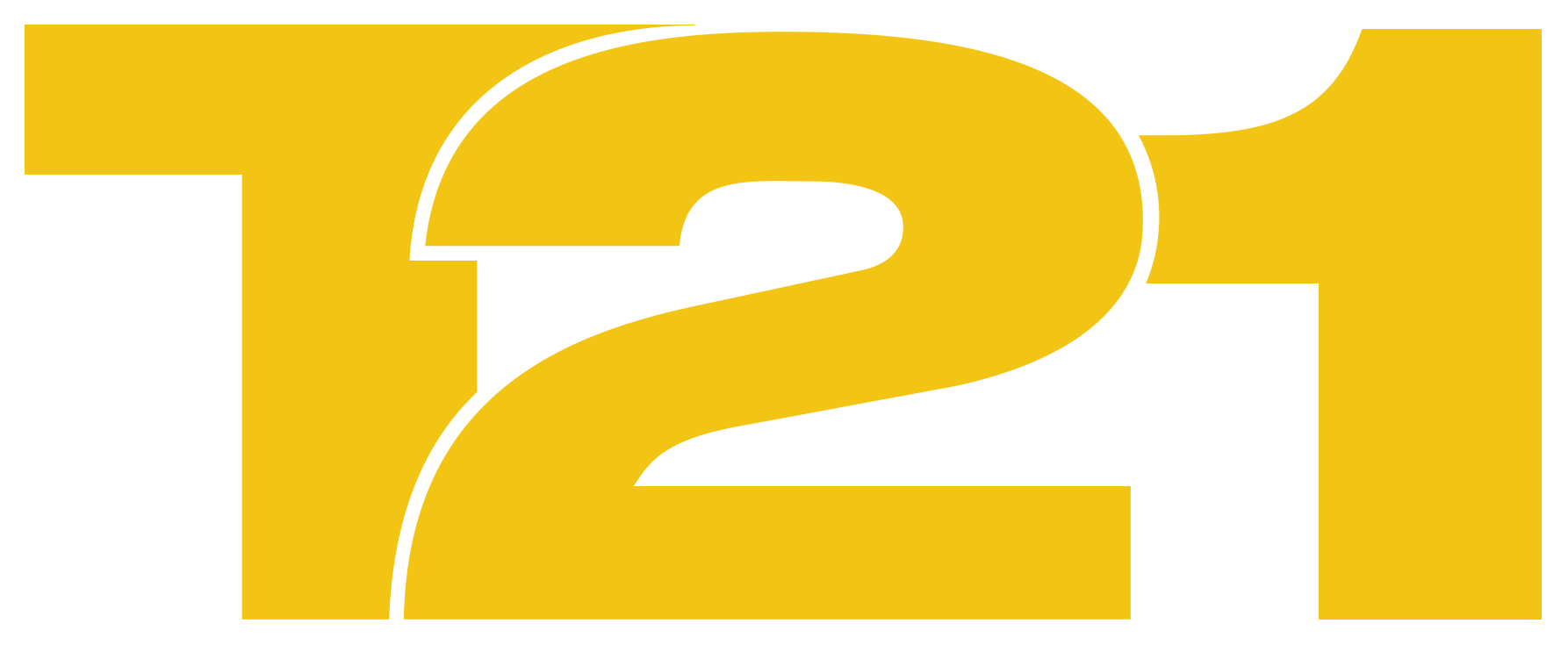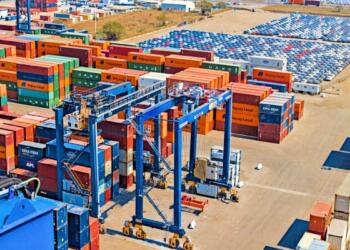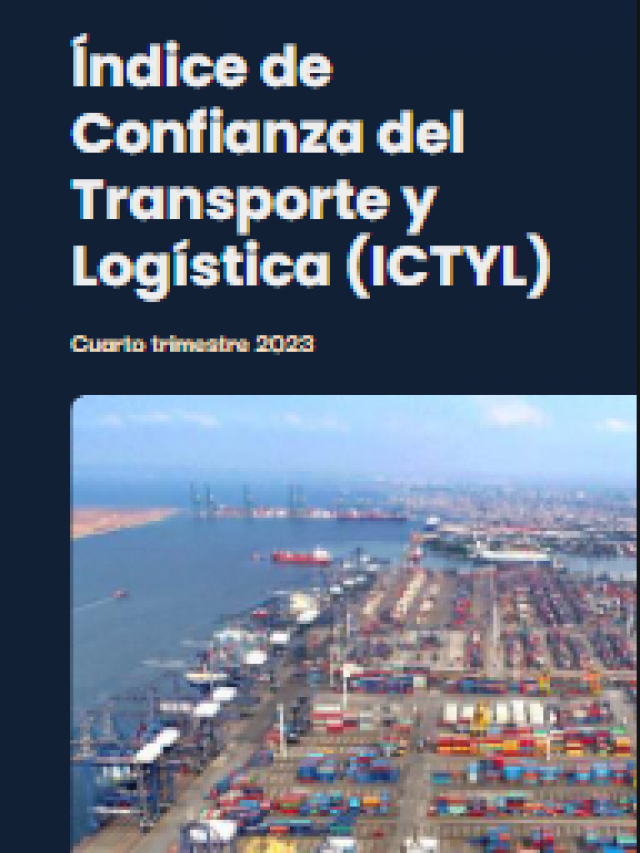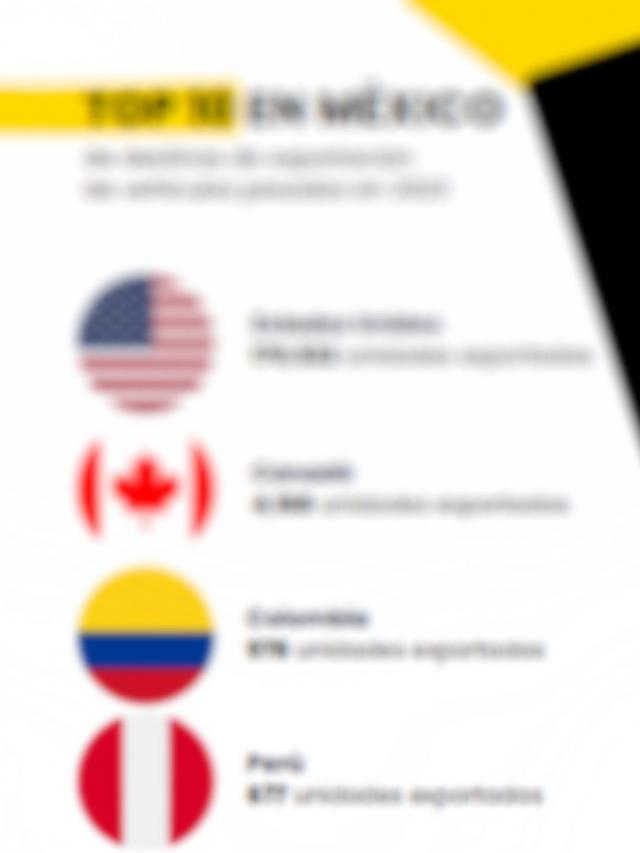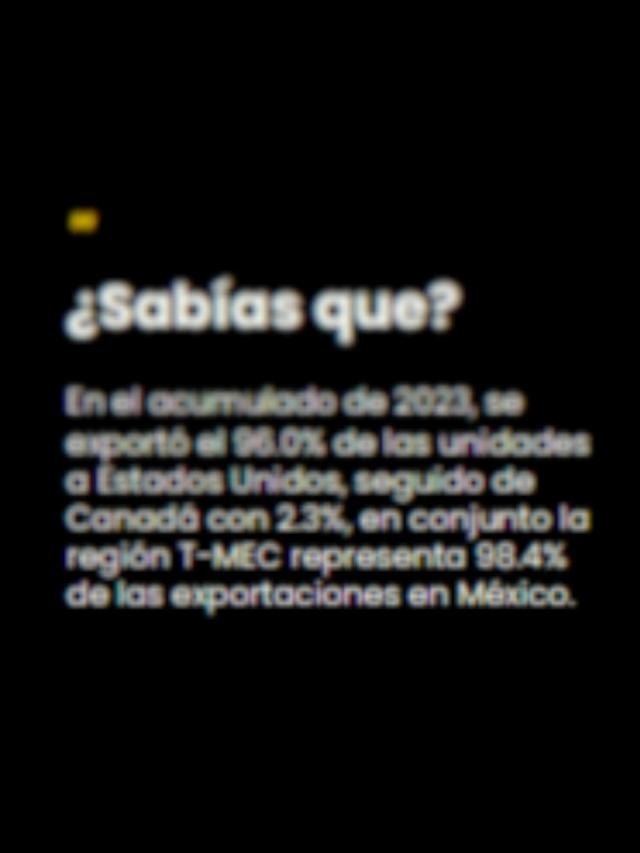
The Internet of Things (IoT) has revolutionized multiple industries and economic activities, including logistics and foreign trade.
The interconnection of devices, sensors and systems has made it possible to improve the traceability of goods, optimize processes and reduce costs .
However, IoT implementation also brings significant challenges in terms of security, regulation and data management.
During the panel The Future of IoT in Logistics and Foreign Trade , held at the IACustoms Symposium organized by the Latin American Confederation of Customs Agents (CLAA) , specialists analyzed how this technology impacts global trade .
Salma Jalife, president of the Mexico Digital Center , explained that the IoT has generated a “hyperconnectivity,” where not only people, but also objects and systems are interconnected.
“The IoT is nothing more than the Internet of Things, which encompasses everything that connects to the network and performs some activity, whether passive or active. This interconnection provides us with response speed, precision, visibility and traceability in logistics processes,” said Jalife.
One of the main benefits of IoT in logistics is the ability to monitor the location and condition of products in real time .
Sensors can detect factors such as temperature, humidity or impacts, which is essential in the transport of perishable or sensitive goods.
“For example, if we transport perishable products, IoT helps us verify whether the temperature of the container is adequate and whether there have been variations that could compromise the quality of the product,” Jalife added.
Cybersecurity, the challenge of IoT
As more devices connect to the network, exposure to cyberattacks increases.
Carlos Olivares, Systems Engineer at Fortinet , highlighted that IoT devices often operate with specialized systems that do not always have adequate security measures .
“Previously we were concerned about protecting traditional servers and operating systems, but now we have millions of connected devices that require monitoring and protection,” Olivares said.
An example of this vulnerability is the connection of everyday devices to corporate networks, such as smart TVs or facial recognition scanners.
“If a device is connected to the Internet, we must be able to monitor it, know when it connects and, above all, identify the risks it is exposed to,” Olivares added.
To address these challenges, companies are deploying advanced analytics tools and threat databases that can identify attack patterns.
In addition, the use of Artificial Intelligence facilitates early detection of risks and automated response to potential security incidents.
The growth of IoT in logistics also implies the need to comply with international regulations on data protection and cybersecurity.
Jalife noted that data management must be understood within a “dynamic context” that involves not only companies, but also governments and international organizations.
“Protecting sensitive data is key because companies must comply with legal frameworks that regulate the use of information within global supply chains,” Jalife explained.
He also stressed that companies must establish authentication and authorization mechanisms to prevent unauthorized access to critical systems.
Experts noted that IoT is not just about connecting devices, but also managing the risks associated with this connectivity .
Companies that adopt robust security and regulatory strategies will be better positioned to reap the benefits of IoT without compromising the integrity of their operations.
Comment and follow us on X: @jenna_GH_ / @GrupoT21
